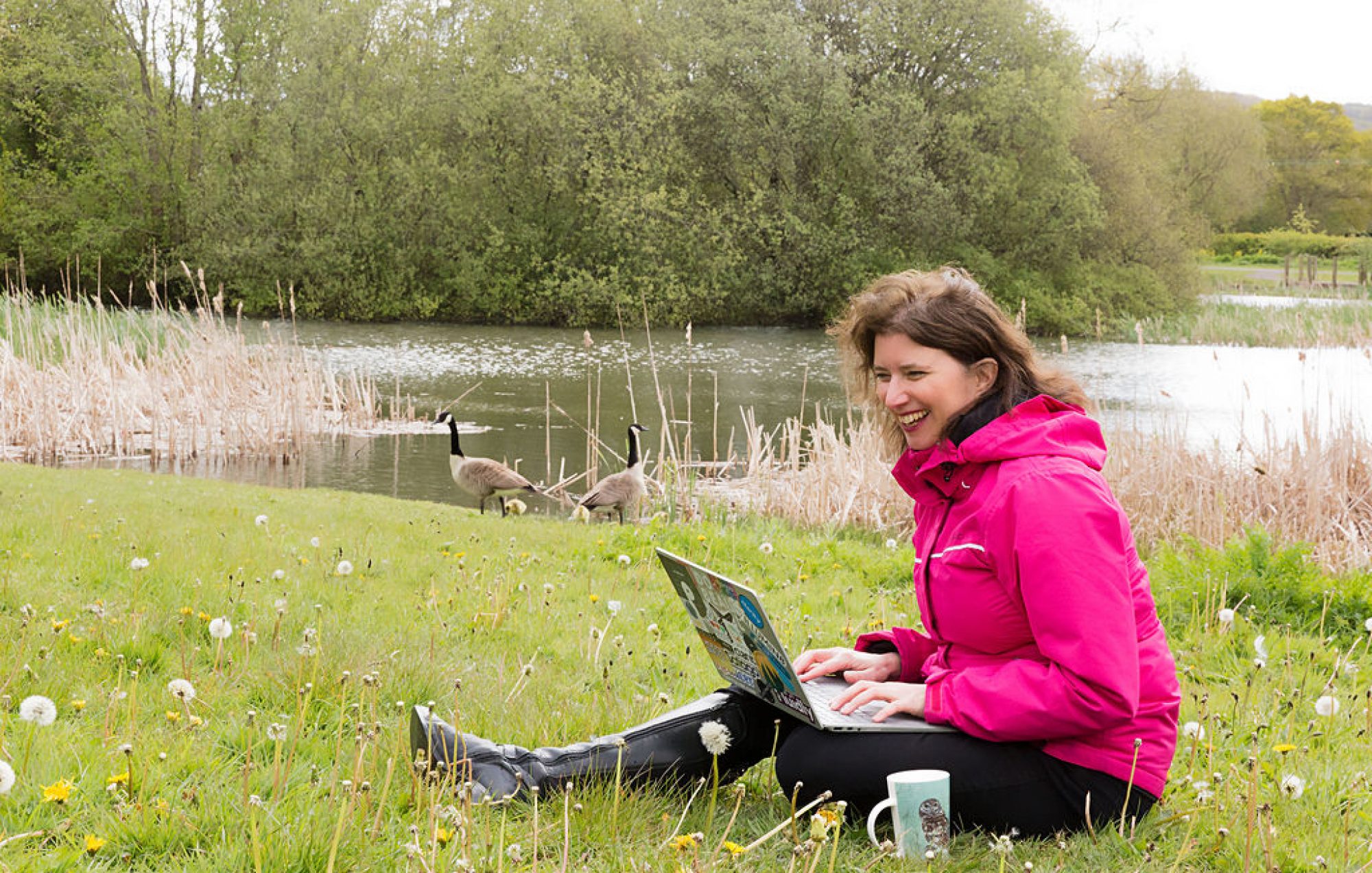Today I’m borrowing a quote from Mark Twain
“There is no such thing as a new idea. It is impossible. We simply take a lot of old ideas and put them into a sort of mental kaleidoscope. We give them a turn and they make new and curious combinations. We keep on turning and making new combinations indefinitely; but they are the same old pieces of coloured glass that have been in use through all the ages.”
I love being an accountant and working with lots of different businesses within lots of different industries. This, along with running my own businesses (an Minerva Accountants and a speaking/coaching business) gives me a wealth of practical ideas for business improvements as well as all the books I read.
Where do you get your ideas from?
